Money Basics -
Managing a Checking Account

Money Basics
Managing a Checking Account


/en/moneybasics/banking-options/content/
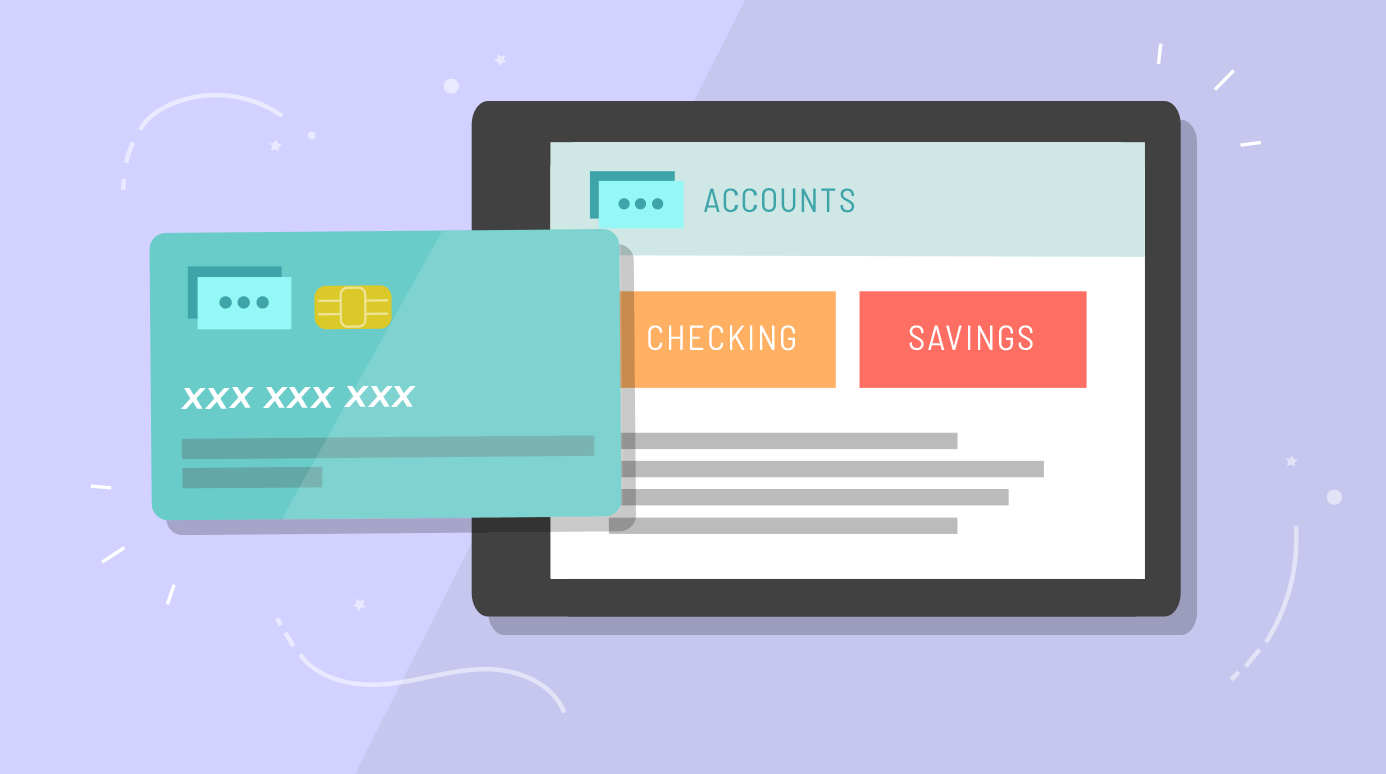
Having a checking account at a bank or financial institution allows you to write checks to pay for goods and services or to get cash. A check is a written order instructing your bank to pay money to an individual or entity.
To use checks, you must first open a checking account and make regular deposits into that account. Banks offer several types of checking accounts. Here are some of the most common checking options:
Visit banks to learn more about the types of checking accounts they offer, and decide which one best fits your needs or the needs of your household.
Compare services at different banks before opening a checking account, and decide which account best meets your needs.
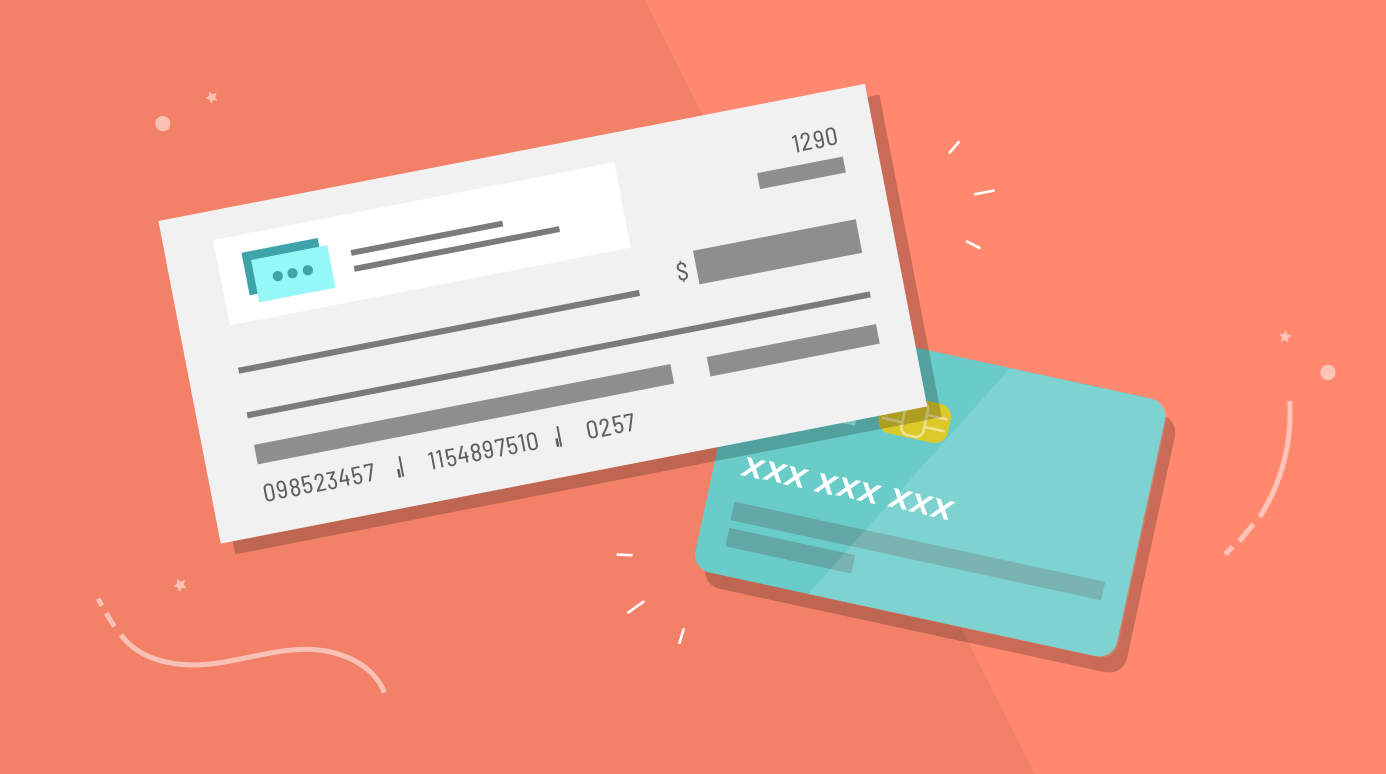
When you open a checking account, the bank will provide temporary checks until you order permanent ones. You can order checks from the bank or from a third-party provider. Plain checks are generally less expensive than those with fancy designs.
You may have various styles of checks from which to choose. For example, some checkbooks come with a duplicate feature. This allows you to keep a carbon copy of the checks you write for your records.
The box(es) of checks you order will be sent to you in the mail. Several checkbooks, or groups of checks, are in each box.
Your checking account number—the number your bank assigns to your checking account—and your bank's routing number appear on your checks. Your checking account number is important as you make deposits to and withdrawals from your account. The routing number simply identifies your bank.
Checks are convenient when you don't want to carry around a lot of cash or when you need to pay bills through the mail. Take a few minutes to review the parts of a check:
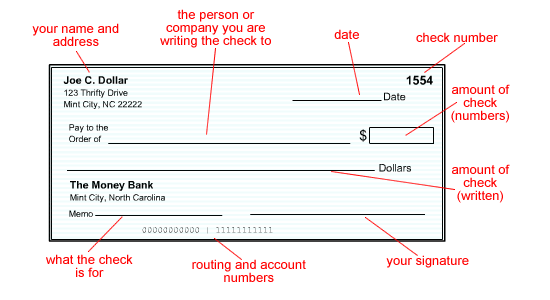
Print out a blank printable check and practice filling it out.
A deposit slip is a written order to your bank instructing it to put funds into your account. You can use a deposit slip to put money such as cash, checks, and money orders into your account.
Be sure to endorse or sign any check that had been made payable to you before you deposit it. On the back of the check, there is a place for your endorsement, or signature.
Deposit slips vary from bank to bank. Here's an example:
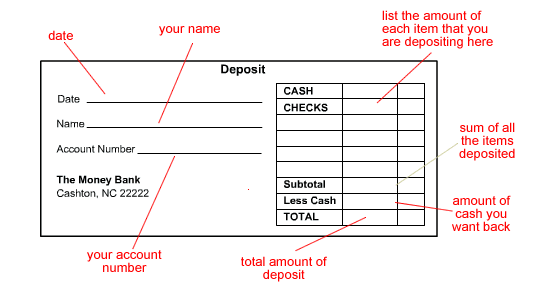
Print out a printable deposit slip to practice filling it in by hand.
If you want to cash a check and not deposit it, remember to sign the back of the check.
Visit Deposit in our Everyday Life section to practice endorsing a check and filling out a deposit slip.
A withdrawal slip is a written order to your bank instructing it to withdraw funds from your account. Withdrawal slips vary from bank to bank.
Here's an example:
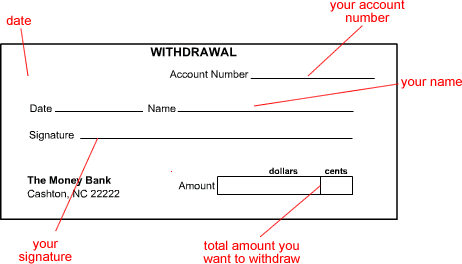
Print out a to printable withdrawal slip to practice filling it in by hand.
As you write checks or make deposits, keep track of the amount of money remaining in your account. Your bank or financial institution will send you a monthly statement or list of the various withdrawals and deposits made on your account. If you have an ATM card, you can also access this type of information at an ATM. You can also access your account status at any time if you bank online.
To keep a current record of your checking account, use your check register. This tool usually comes with your checkbook.
When your bank statement arrives, compare it with your check register. Balance or reconcile your account by figuring out the amount of money you deposited, the amount you spent, and the amount you have left. Basic accounting software such as Quicken can also help you balance your checkbook.
Don't write checks if you don't have enough money in your account. The consequences can be damaging.
An ATM card looks like a credit card. Because it is linked to your bank account(s), you can use it to get cash, deposit funds, and check account balances at an automated teller machine (ATM). ATMs are convenient because they are available 24 hours a day at different locations.
A debit card combines the functions of an ATM card and a check. It can be used like a check. Most banks issue a combination ATM/debit card. Aside from an ATM card or debit card, you can also use a credit card—which is linked to your credit card account—at an ATM.
To use an ATM, you need a personal identification number (PIN). A bank or financial institution issues this four-digit number to you to protect against anyone else using your card. You must have a PIN and password to access online banking services. Always safeguard such information.
Visit ATM in our Everyday Life section to practice using an ATM.
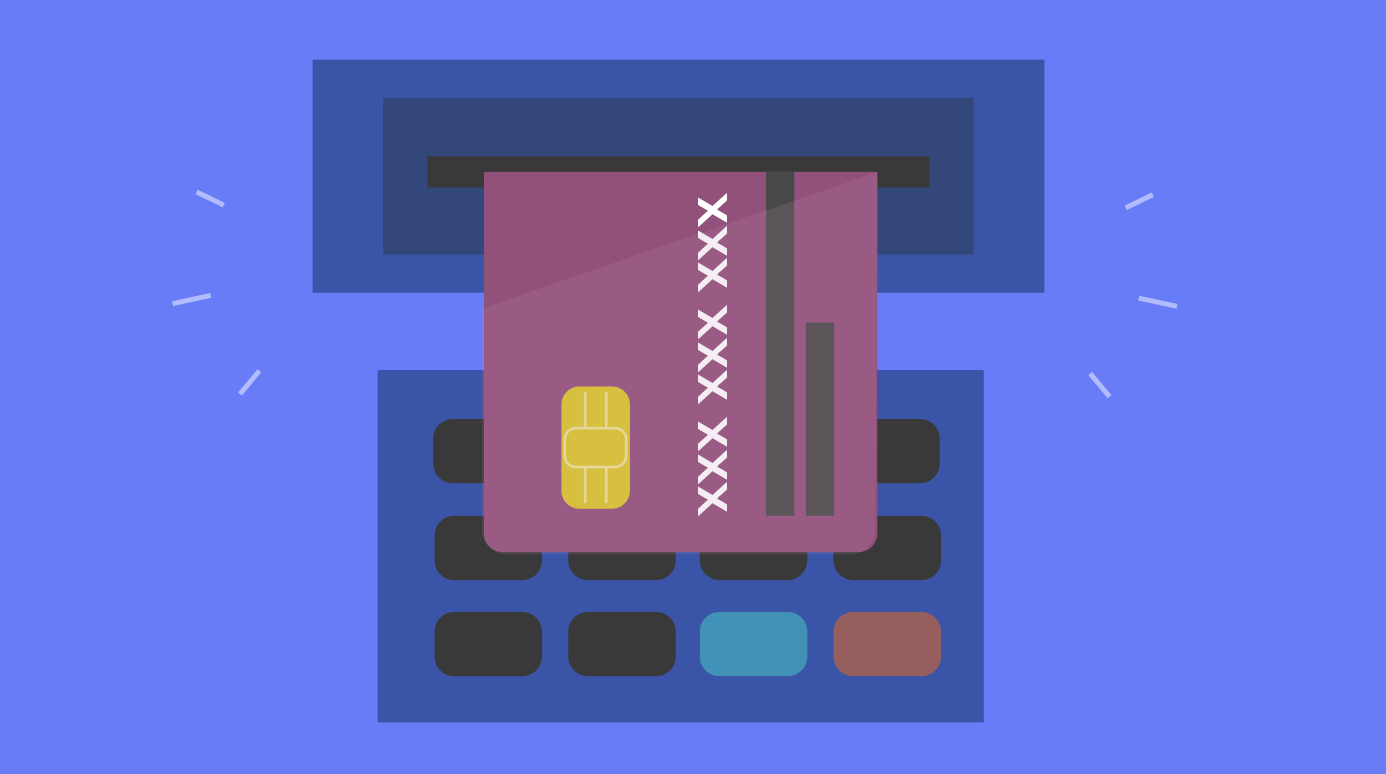
ATMs may differ in appearance. However, they operate in the same basic way.
/en/moneybasics/managing-a-savings-account/content/